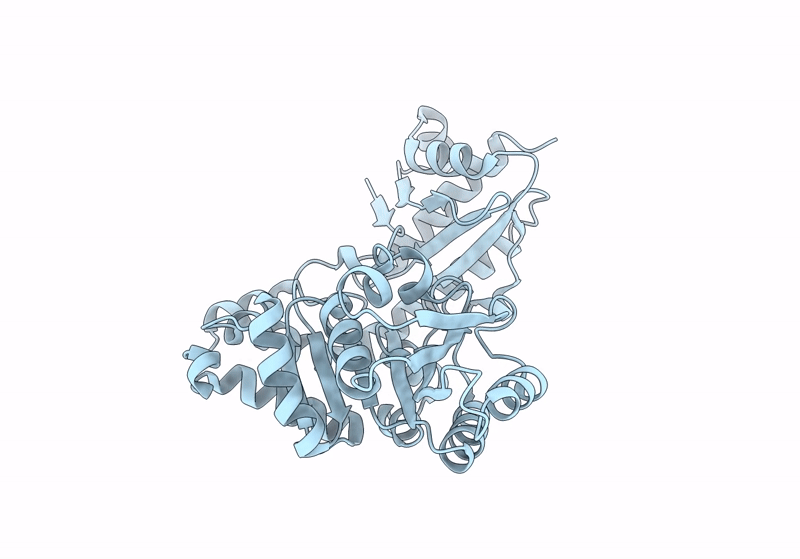
Deposition Date
2023-07-17
Release Date
2024-03-20
Last Version Date
2024-10-02
Method Details:
Experimental Method:
Resolution:
2.26 Å
R-Value Free:
0.24
R-Value Work:
0.20
R-Value Observed:
0.21
Space Group:
F 2 2 2


